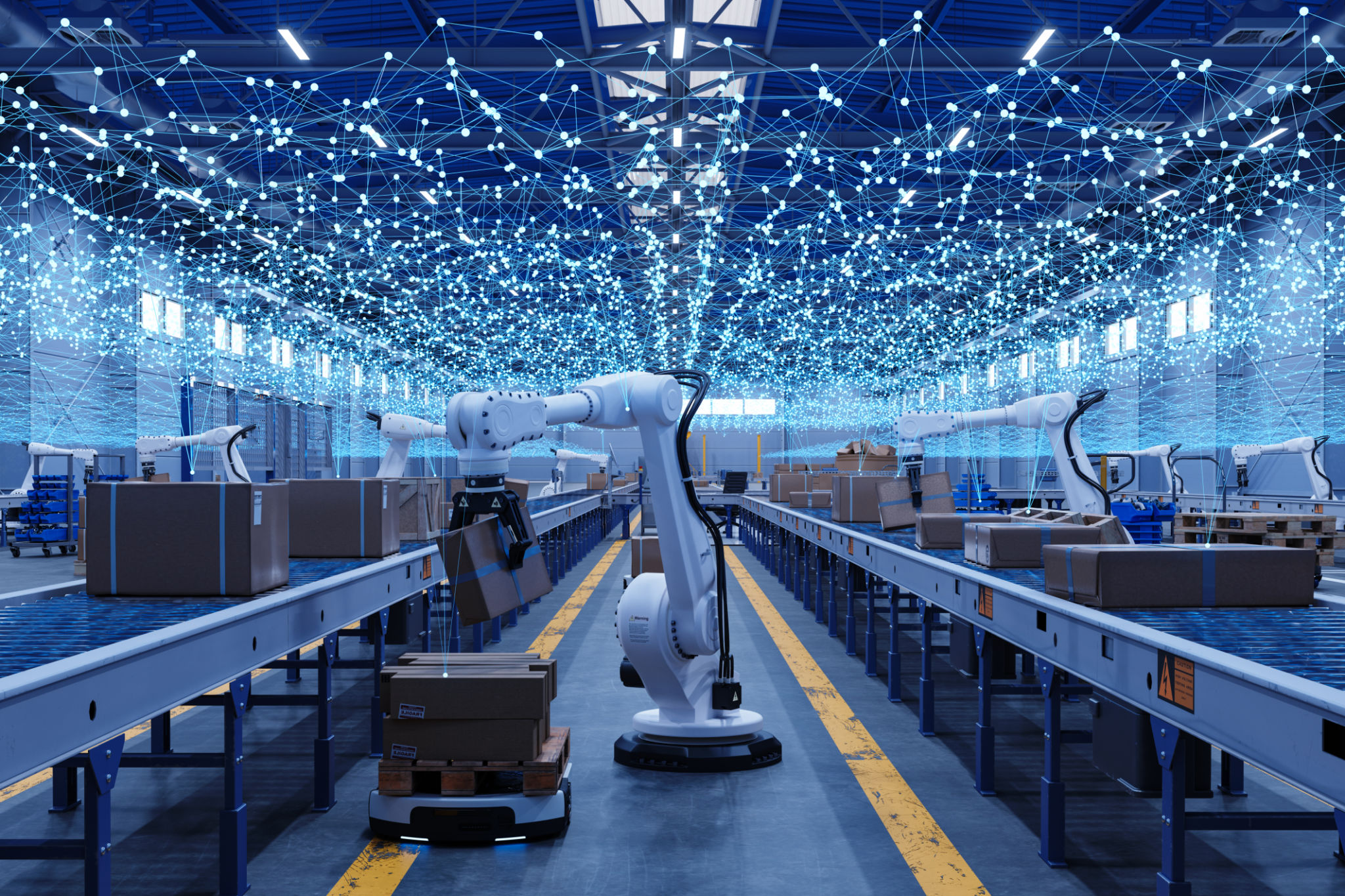Understanding Digital Twins: Revolutionizing Smart Manufacturing
Introduction to Digital Twins
In the rapidly evolving landscape of smart manufacturing, digital twins have emerged as a groundbreaking innovation. These virtual replicas of physical systems allow manufacturers to simulate, analyze, and optimize processes in ways that were previously unimaginable. By bridging the gap between the digital and physical worlds, digital twins are set to revolutionize how industries operate.

What Are Digital Twins?
Digital twins are precise, dynamic digital replicas of physical entities. These can range from individual components to entire manufacturing processes. By utilizing real-time data, digital twins provide a comprehensive view of a system's performance, enabling manufacturers to predict outcomes and make informed decisions. This approach not only enhances efficiency but also reduces the risk of unexpected failures.
Key Benefits of Digital Twins
The implementation of digital twins offers numerous advantages. Here are some key benefits:
- Improved Efficiency: By simulating different scenarios, manufacturers can identify the most efficient processes and minimize waste.
- Predictive Maintenance: Digital twins help predict equipment failures before they occur, allowing for timely interventions.
- Enhanced Product Development: Virtual testing and prototyping accelerate product development cycles, reducing time-to-market.

How Digital Twins Work
Digital twins operate by integrating data from various sources, including sensors, IoT devices, and enterprise systems. This data is continuously updated, providing a real-time representation of the physical counterpart. Advanced analytics and machine learning algorithms are then applied to derive insights and optimize operations.
Applications in Smart Manufacturing
In smart manufacturing, digital twins are utilized in several ways. They facilitate the design of complex products, optimize production lines, and ensure quality control. By leveraging digital twins, manufacturers can achieve greater flexibility and responsiveness to market demands.

Challenges and Considerations
Despite their benefits, implementing digital twins comes with challenges. Data security, system integration, and the need for significant computational resources are some of the hurdles that manufacturers must overcome. Addressing these issues requires careful planning and collaboration with technology providers.
The Future of Digital Twins in Manufacturing
The future of digital twins in manufacturing looks promising. As technology advances, digital twins will become more sophisticated, enabling even greater precision and control. The integration of artificial intelligence and machine learning will further enhance their capabilities, paving the way for fully autonomous manufacturing systems.
In conclusion, digital twins are transforming the manufacturing industry by providing unparalleled insights and operational efficiencies. As more companies embrace this technology, we can expect to see a new era of innovation and productivity in smart manufacturing.